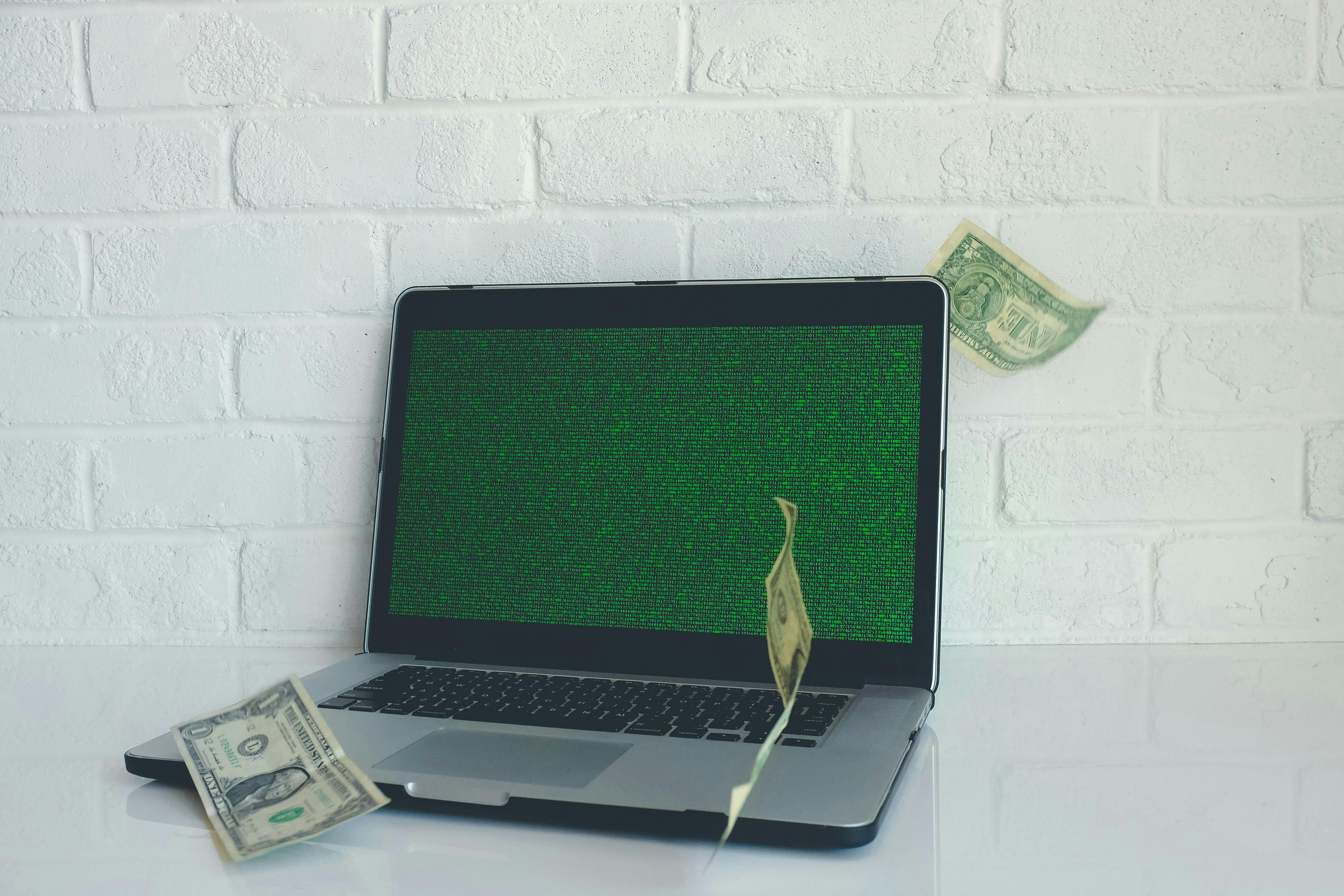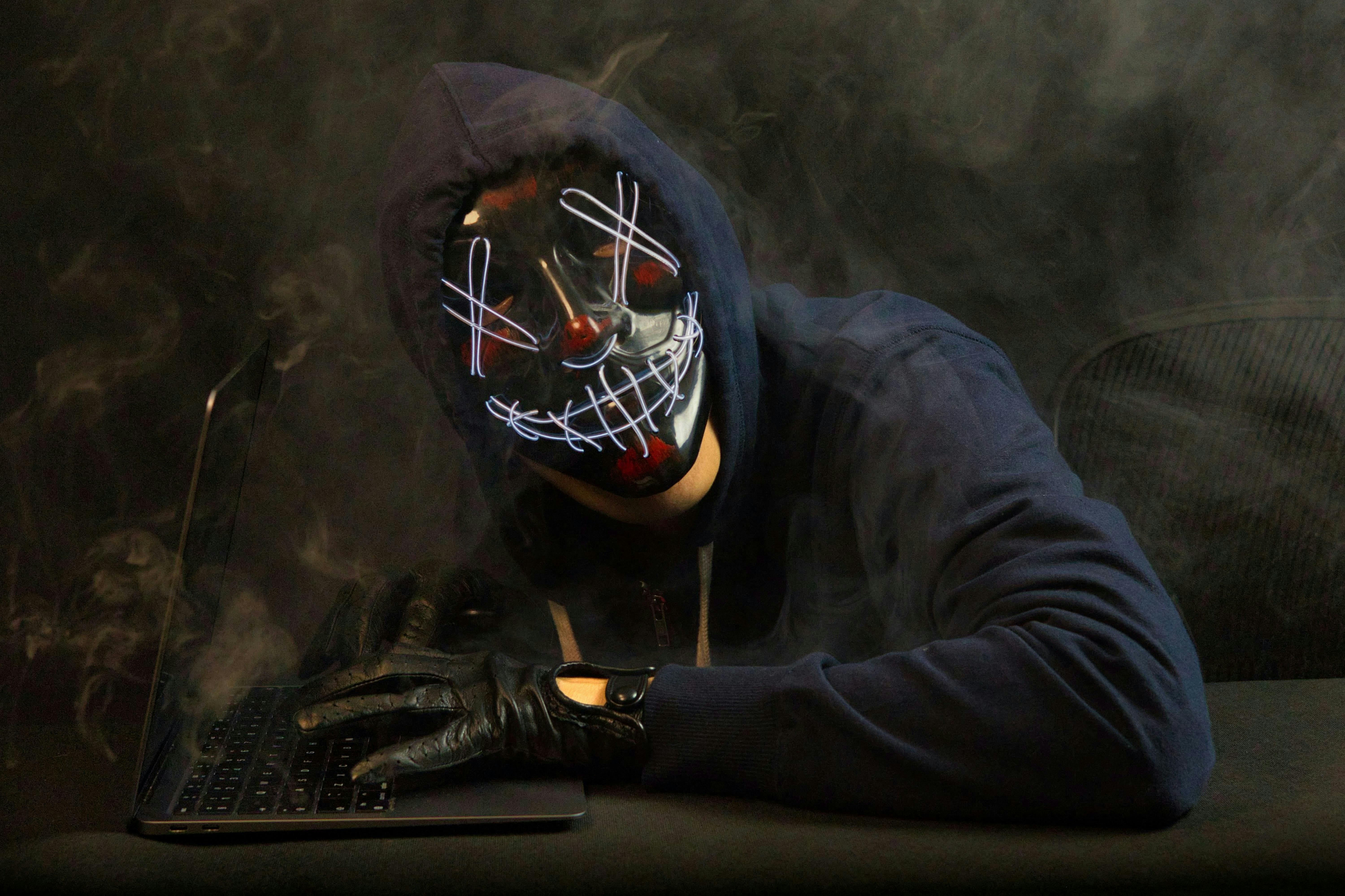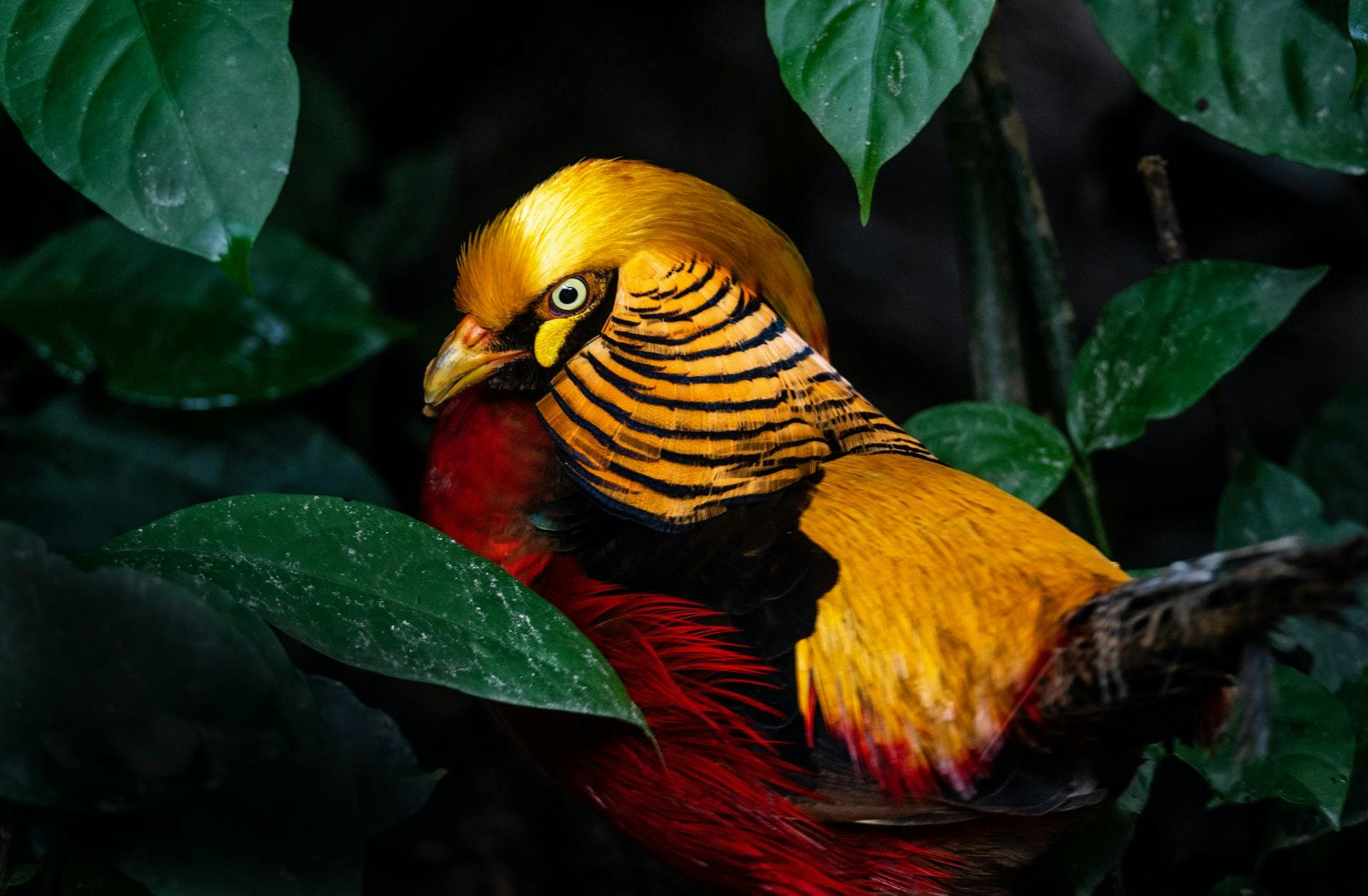by Karan Bhatt
A client once told me, "Don't tell me the one-time cost of the website, tell me the recurring costs. That's what I truly want to measure."
I told him there were none save a yearly maintenance round, and we immediately made a sale. We have been in the business of website design and marketing for interior designers for years now, and this principle of his has stayed with me and provided us clarity during many of our business purchases.
He was right; it’s a rather simple business doctrine. A high one-time cost with a low need for maintenance is much better than a high spend on recurring.
A lot of the unnecessary expenditures are hidden as recurring costs because all businesses love a subscription service.
Is it possible to have almost no recurring costs for a website? If not, what are the various recurring spends that you should look out for?
Following up with our last article about website costs, this one is about the recurring costs associated with the same.
A Website Buying Guide for Interior Designers and Architects
Let's bring some transparency to the recurring costs.
We've broken it down into three major categories.








